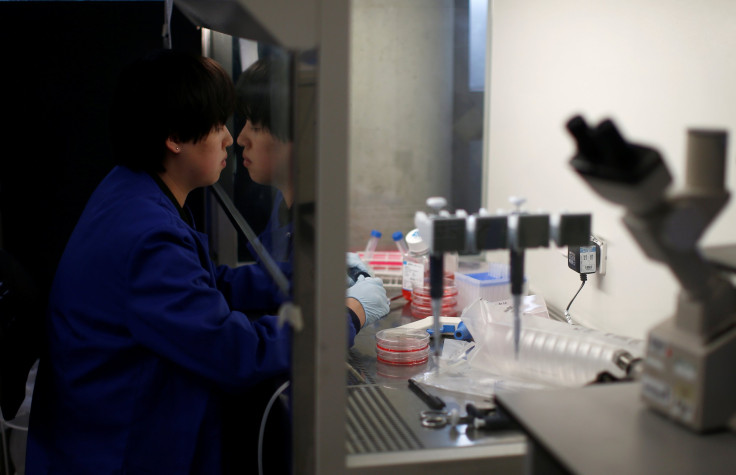Cancer breakthrough: New study reveals cancer’s unusual survival mechanism, may help in developing effective cancer treatments

Scientists from Queen Mary University of London have made a breakthrough in understanding how cancer cells spread around the body and form tumours. The study says that a cancer cell’s ability to survive as it spreads may well be the weapon to fight the disease. As per the scientists, cancerous cells depend on an unusual survival mechanism to spread around the body. Thus, how cancer spreads and survives could well be the key to curing it.
The findings of the study, published in journal Nature Communications, may help with future development of novel treatments to prevent metastasis. The team found there are two proteins working together that exhibit unusual behaviour and that keeps the cells alive. The biggest challenge is stopping metastasis or how cancer spreads. Often it is not the original cancer that kills but secondary growth.
“Metastasis is currently incurable and remains one of the key targets of cancer research. Our research advances the knowledge of how two key molecules communicate and work together to help cancer cells survive during metastasis. We’re hoping that this might lead to the discovery of new drugs to block the spread of cancer within the body,” Lead researcher Dr Stéphanie Kermorgant from QMUL’s Barts Cancer Institute said in a statement.
A lot of research is going on to find out how cancer cells survive once they break away from a tumour to spread around the body. When cells are attached to other cancer cells and their surroundings, they are comparatively protected than when they detach, “float” and normally undergo cell death.
The study revealed a previously unknown survival mechanism in cancer cells. It found that molecules known as “integrins” could be the key. The integrins are cell surface proteins that attach to and interact with the cell’s surroundings. Cancer cells attach themselves to their surroundings through the integrins’ “outside-in” and “inside-out” signalling.
Although cancer drugs target the integrins, they have had limited success till date. The cancer breakthrough study may help in developing better therapies against metastasis. It may also help in more effective treatment combinations that may slow both tumour growth and spread.





















